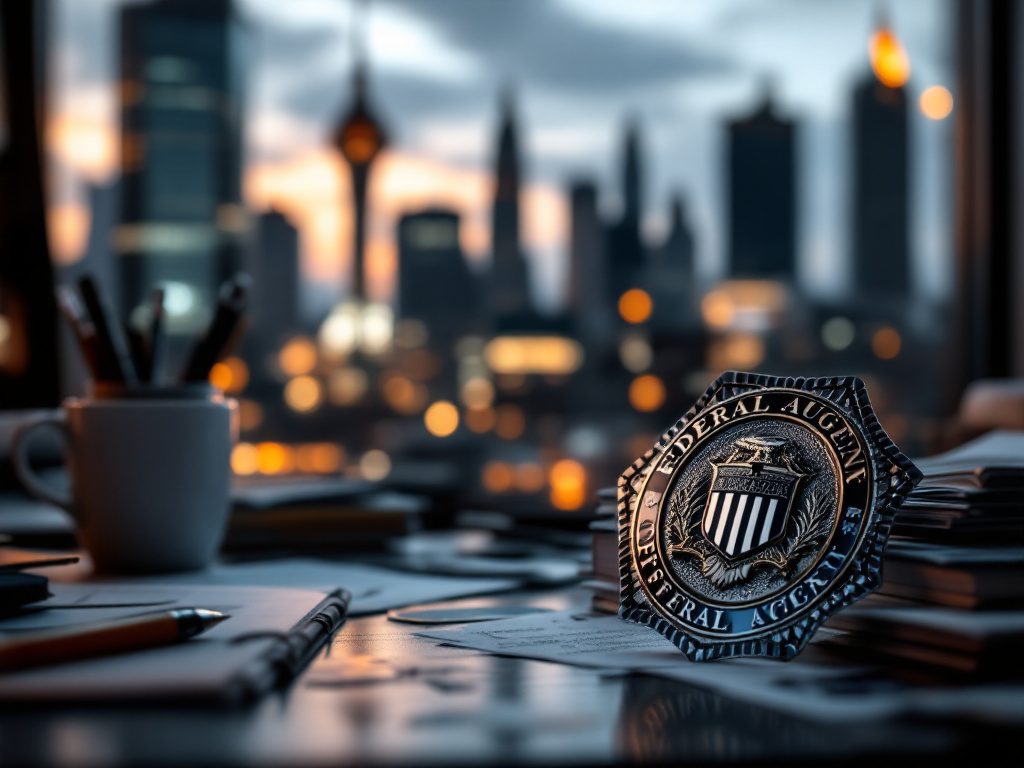Moments of Protest, Years of Consequence
One late spring afternoon in 2020, the nation’s gaze was fixed on Minneapolis and swelling protests in the shadow of George Floyd’s murder. Across America, demonstrations grew as citizens of all backgrounds demanded a reckoning with systemic racism. Amid the crowd outside a federal building, a group of FBI agents—trained not for riot control, but for federal investigation—faced a volatile standoff. In a moment broadcast by viral photo, these agents knelt alongside demonstrators, echoing a gesture that had come to symbolize support for racial justice and a plea for peace. Their intention, reportedly, was to de-escalate a tense encounter in the absence of riot gear or crowd-control training.
Nearly five years have passed since that image hit the headlines. Now, the agents pictured kneeling have been reassigned—effectively demoted, according to many insiders. The agency’s silence only amplifies the sense that the move stems not from a transparent disciplinary process but from an ideological campaign to reshape, even punish, internal culture. For many Americans, the FBI’s action has become a new flashpoint in the perennial struggle over what justice, professionalism, and public service look like when tested by crisis.
De-Escalation or Defiance? Parsing the Meaning of the Kneel
A closer look reveals that these agents, dispatched ostensibly to protect federal property, were asked to stand on the front lines of civic unrest for which they had little training. One former agent confided to CNN, “Those agents were not ever trained to be in that situation. Riot control is not our mission. We are trained to de-escalate.” Much like National Guard units who kneeled at demonstrations in various cities, the FBI agents acted spontaneously to mollify tensions—risking both public perception and, it seems in hindsight, their careers.
Instead of support for that nerve-wracking decision, the FBI’s new leadership—under the Trump-aligned Kash Patel—has swept the photo’s subjects into new, less desirable roles. Conservative media seized on the kneeling image as evidence of a partisan, “woke” infiltration within top federal institutions, while many within and outside the Bureau saw a pragmatic gesture to keep the peace. Is it the job of a law enforcement agency to be stone-faced in all contexts, or do we sometimes need public servants who respond with flexible, humane judgment to the angst and trauma in their communities?
According to Harvard sociologist Dr. Maya Greene, “Nonviolent gestures by law enforcement can serve as crucial pressure valves in moments of mass protest. Kneeling signaled empathy and a commitment to public safety without confrontation. When such actions are stigmatized internally, we risk making our agencies more brittle and less trusted.”
The tragedy, of course, is that rather than rewarding the courage it takes to lower one’s guard for the public good, the system now seems poised to punish such initiative—sending an unmistakable message that obedience, not empathy, is the Bureau’s highest value.
Why should this matter to you? Agencies that respond to moments of social crisis with heavy-handed discipline deter individuals from taking reasonable, conscience-driven actions in the field. The message sent now is clear: Don’t dare step out of line, even if it serves both justice and safety. Such chilling effects erode the public’s trust in those sworn to protect them, and reinforce the very “us vs. them” dynamic progressive reformers have struggled to dismantle for decades.
Politics, Policy and the Limits of Neutrality
The FBI’s recent wave of reassignments stretches beyond the kneeling agents. The Justice Department is currently reviewing over 1,500 personnel whose cases—from the Mar-a-Lago search to the January 6 prosecutions—unsettled the last administration. While conservatives rail against supposed liberal bias, the real issue is the dangerous politicization of nonpartisan institutions. According to a recent Pew Research Center study, public confidence in federal law enforcement has sunk since 2021, with partisans on both sides accusing the agencies of either being too activist or not activist enough.
Bureau insiders say the intent to purge “woke” influences masks a broader attempt to intimidate or sideline those who act—however cautiously—on progressive values, even where those values align with the best traditions of American law enforcement. The new director, Kash Patel, brags of more than 10,000 new agent applications since January, suggesting an appetite for a “new culture.” But to progressive ears, this sounds less like reform than a reactionary clampdown—an effort to root out not just policy deviations but the very spirit of engagement that kept cities from greater bloodshed in 2020.
History offers reminders of what happens when loyalty tests trump independent judgment. The Red Scare-era purges of suspected leftists in the 1950s led to decades of bureaucratic fear and rigidity. Agencies grew less nimble, less innovative, and—most damagingly—less trusted by the very people they serve.
Which America do we want: a government staffed by reflexive enforcers, or one capable of measured, principled choices in turbulent times? Racial justice, public trust, and the future of policing hang in the balance. Your answer, and the answer delivered from the halls of power, will shape far more than the headlines—and far longer than any fleeting viral image.

